Among global spices, saffron stands out for its cost and esteemed value. The word “kesar” brings to mind wellness, richness, and regal essence. Its rich color and scent offer both flavor and significant health perks.
Let’s dive deep into the world of kesar and explore how this golden spice can truly make you feel amazing from the inside out.
Table of Contents
What is Kesar?
Kesar in Hindi is called केसर. Crocus sativus blooms bear red strands, harvested as what we know as saffron. Only three red strands per bloom are carefully sun-dried after harvesting. These fine strands are known as saffron, also called kesar or zafran.
For ages, Indian and Persian healing systems have used it medicinally. In Ayurveda and Unani, it is admired for its soothing medicinal value.
Kesar Nutritional Value and Active Compounds
It may be used in small amounts, but its nutritional strength is remarkable. Even small amounts of saffron provide nutrients that support both mind and body. Its vibrant color, rich aroma, and researched health benefits make saffron highly valued.
Kesar is rich in crocin, picrocrocin, and safranal. Three natural compounds in saffron give it its color, aroma, and taste. Together, they work as natural antioxidants that fight free radicals and support cellular health. Additionally, it provides small amounts of essential minerals such as iron, potassium, magnesium, and zinc, along with vitamin B6 and vitamin C.
While it is not a major source of calories or protein, it is incredibly dense in therapeutic compounds. These help with digestion, mood regulation, and hormonal balance. Even just 30 milligrams of saffron per day—about 5–7 strands—can deliver measurable benefits.
Because of its potent properties, it is used in both culinary and medicinal practices. Whether steeped in warm milk or added to herbal tonics, these nutrients are easily absorbed by the body.
Overall, it proves that big value can come in the smallest amounts.
Also Read : Horse Gram Benefits
Saffron in Traditional Medicine
How to Identify Pure Kesar
Kesar Benefits for Skin and Glow
Kesar Face Pack Recipe
Soak a few saffron strands in milk overnight. Use turmeric, besan, and saffron to prepare a natural glow mask. After 15 minutes, the saffron mask is softly rinsed from the skin. Frequent use enhances skin tone and brings out a healthy glow.
Also Read : Rock Salt
Kesar Benefits for Mood and Mental Health
Feeling low? It might help uplift your spirits. It contains mood-boosting compounds like crocin and safranal. These elements help reduce symptoms of depression and anxiety.
Studies show that regular consumption of kesar-infused milk improves emotional well-being. Even its scent can calm nerves and help the mind relax.
Kesar Benefits for Women’s Health
It has long been recommended for women’s wellness. Saffron supports menstrual balance, relieves PMS discomfort, and may boost fertility naturally.
Kesar in Pregnancy
Also Read : Jaggery
Kesar Benefits for Heart and Immunity
This golden spice helps in maintaining healthy cholesterol levels and supports a strong heart. Its anti-inflammatory effects support and strengthen immunity.
Kesar in Daily Diet
Drop some saffron threads into hot milk or your favorite herbal tea. It can also be mixed into soups or rice dishes. Even small doses offer big benefits.
Also Read : Isabgol Health Benefits
Kesar Benefits for Eyes and Vision
Kesar Benefits for Digestive Health
Suffering from bloating or indigestion? It stimulates digestive enzymes and soothes the stomach lining. It can help relieve acidity and gas issues.
Kesar as an Aphrodisiac
It’s believed to improve sexual health and increase desire in both genders. It enhances circulation and stamina, offering a natural lift in physical performance.
Side Effects and How Much Kesar to Take
Excess saffron may cause nausea or make you feel dizzy. Ideally, 2–3 strands per day are enough. Always purchase pure, high-quality saffron to avoid adulteration.
Also Read : Kitchen Furniture
Kesar for Wellness & Daily Use
It is not limited to culinary or medicinal use. Today, the market offers a range of kesar-based products that make its benefits more accessible and versatile. From beauty to wellness, it products are loved for their luxurious feel and real results.
moisturizer or used directly for facial massage. Its soothing properties help improve skin texture and add a natural glow.
Also Read : Metabolism Boost
Kesar Tea
Herbal tea infused with saffron strands. Promotes digestion, uplifts mood, and soothes the nerves.
Kesar Capsules / Supplements
Ayurvedic capsules made with pure saffron to improve mood, memory, and hormonal balance.
Kesar Liquid Extract (Pure Saffron Liquid)
A concentrated saffron extract in liquid form. Used in precise dosages for therapeutic use, beverages, or high-end culinary applications.
Kesar Water (Saffron Hydrosol)
Kesar Powder (Pure Ground Saffron)
Kesar Essential Oil (Steam-Distilled)
Not the same as saffron-infused oil. Pure saffron essential oil is steam-distilled, rare, and extremely concentrated.
Also Read : How to Prevent from Covid and Other Viruses
How to Grow Saffron at Home
With proper methods, growing saffron at home is possible despite its difficulty. You will need:
For ideal growth, sow saffron corms during late summer or early fall. Place each saffron bulb 4 inches deep with enough space between them. Give only light water; overwatering can harm saffron corms. Within 6–8 weeks, beautiful purple saffron blossoms will begin to appear. Harvest the red threads early in the morning and dry them in a dark, warm place.
Also Read : Is Calorie Deficit Really Great for Your Health?
FAQ Section
What is kesar called in English?
It is called saffron in English.
Can I use it daily?
Yes, 2–3 strands per day is safe and beneficial.
How do I store saffron?
What’s the best daily method to use saffron for health and wellbeing?
Steep saffron in hot milk or water for 10 minutes before consuming.
Is it safe during pregnancy?
In small amounts, yes. But always consult your doctor first.
Also Read : How to Take Care of Your Parents
Conclusion
It is more than just a spice—it’s a lifestyle enhancer. From glowing skin to a calm mind, from better immunity to deeper sleep, its benefits are many. Whether you call it kesar, saffron, or zafran, one thing is clear: this golden thread has magical qualities.
So the next time you sip on saffron milk or add it to your dish, know that you’re treating your body to something extraordinary.
Unlock the power of kesar and feel amazing every day!
Also Read : Is Skipping Breakfast Good for Your Health?

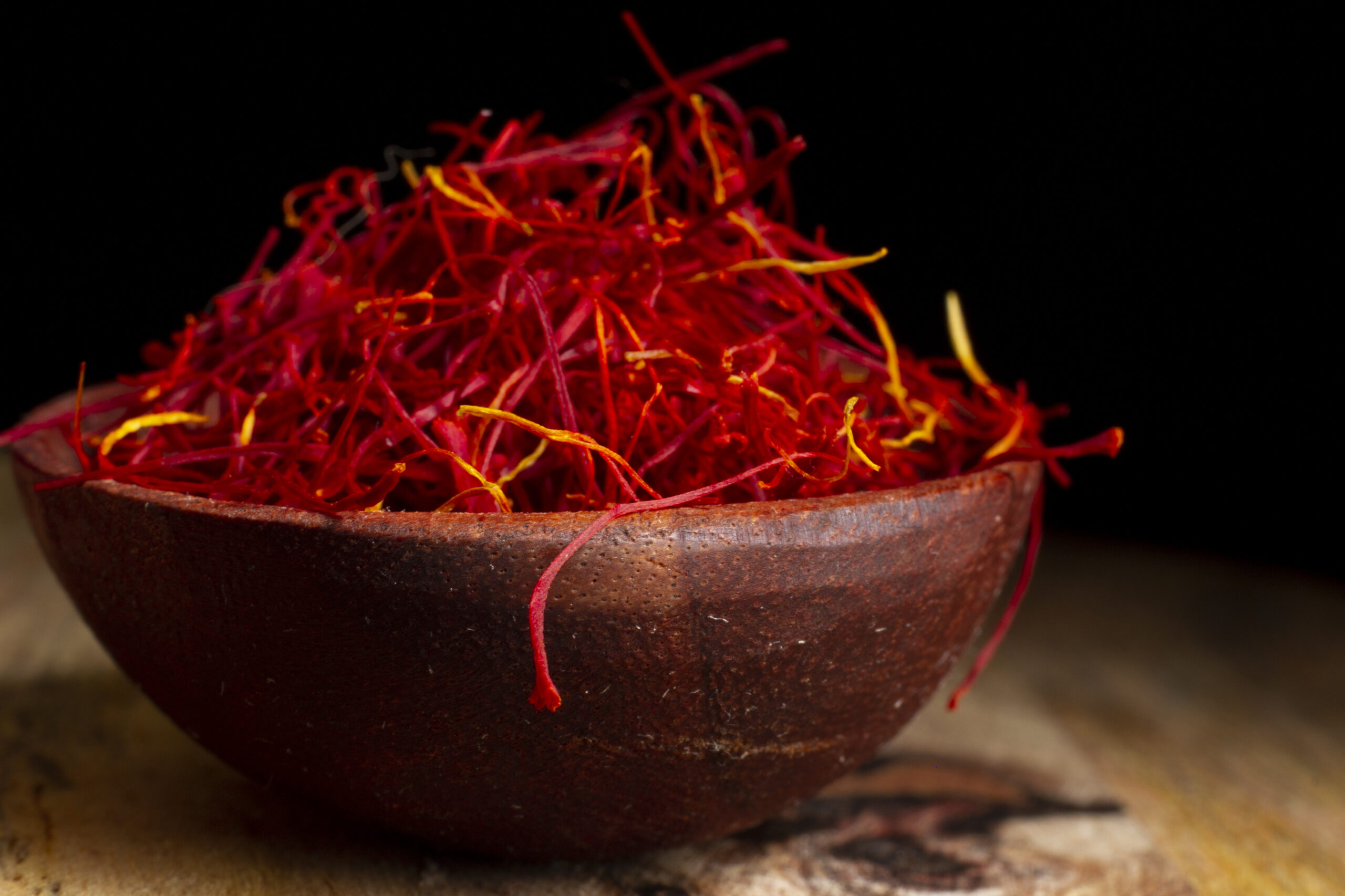
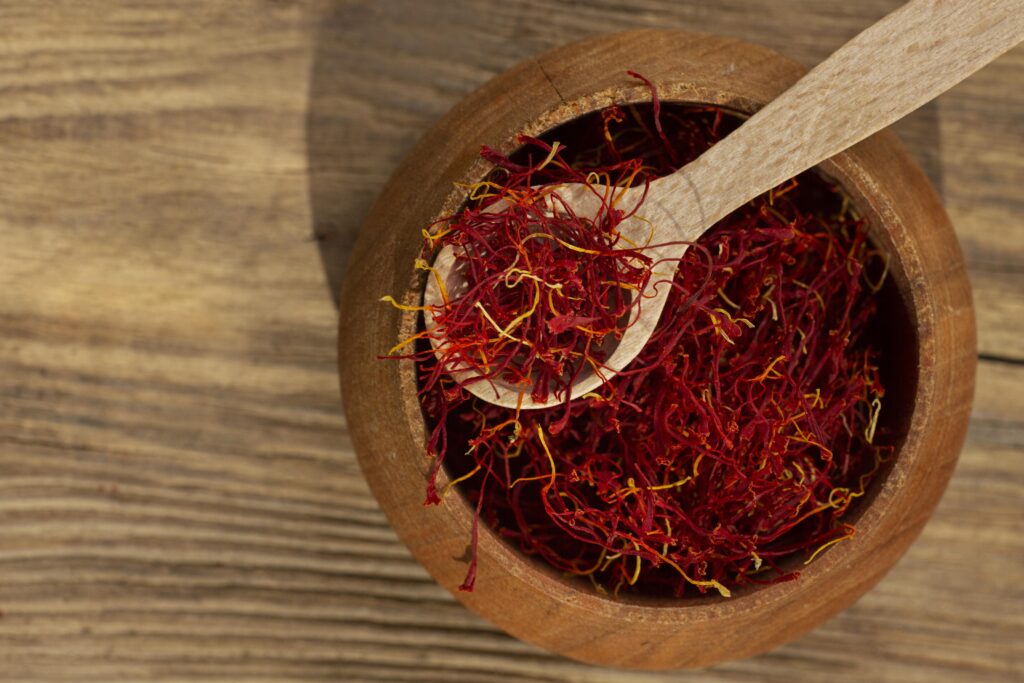
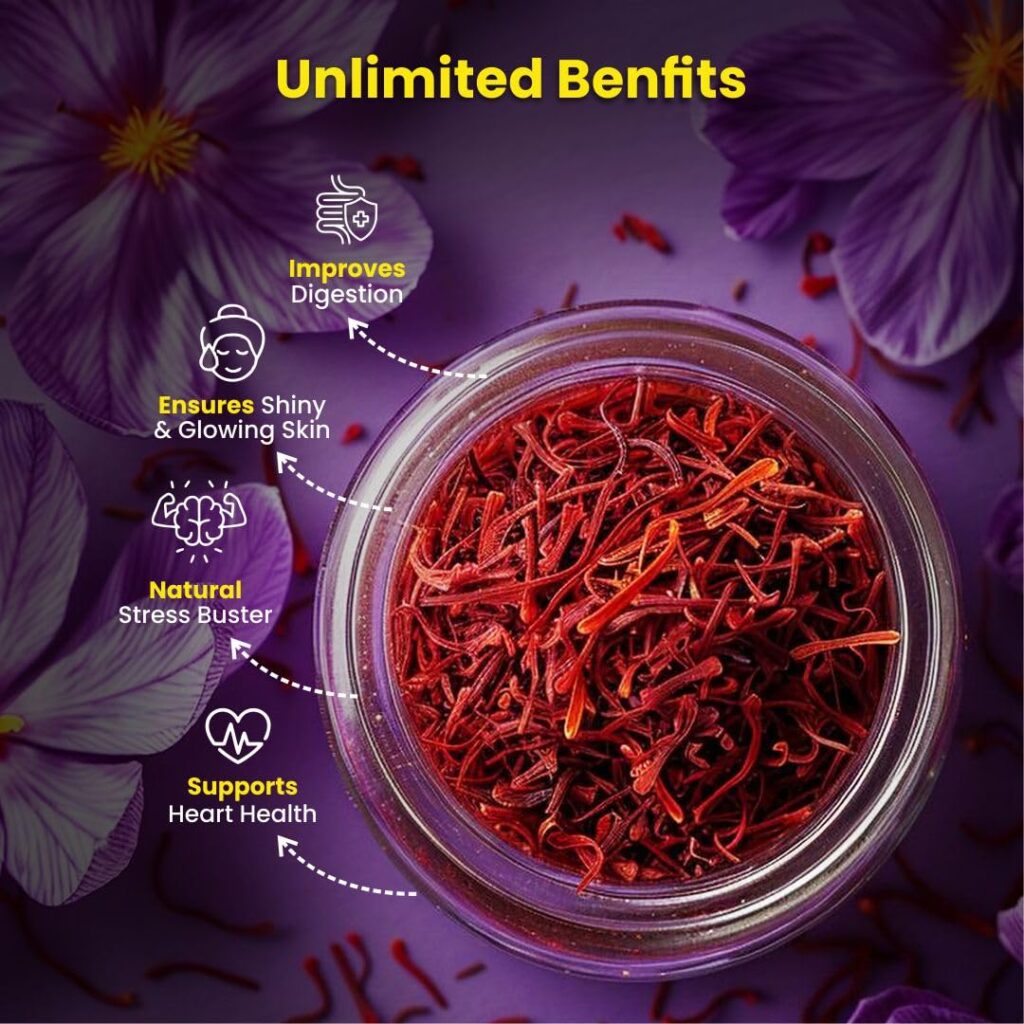
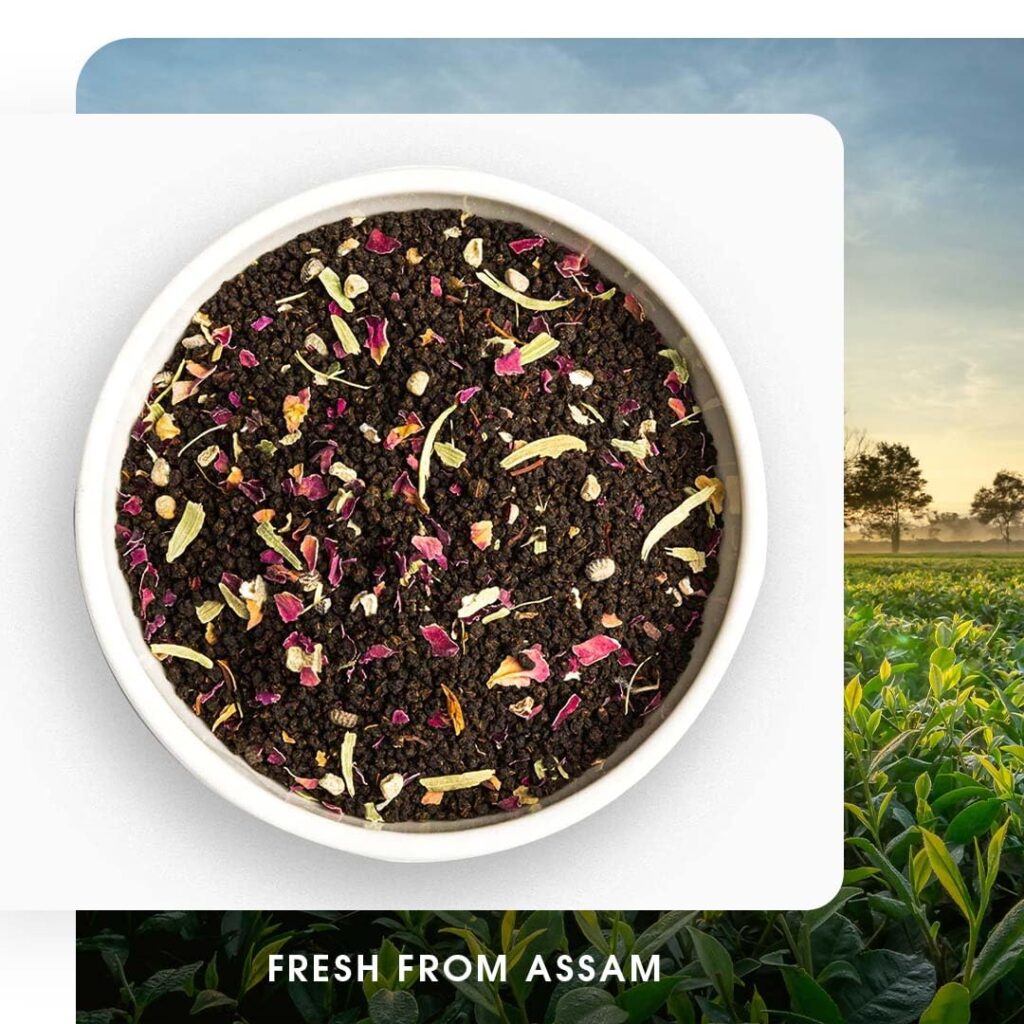
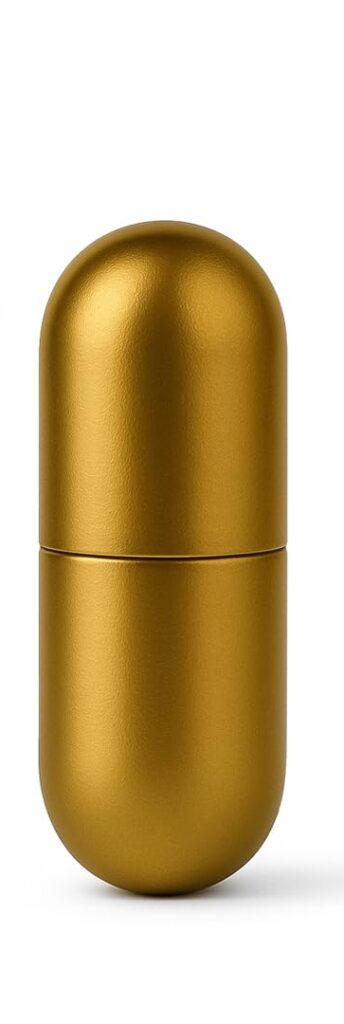
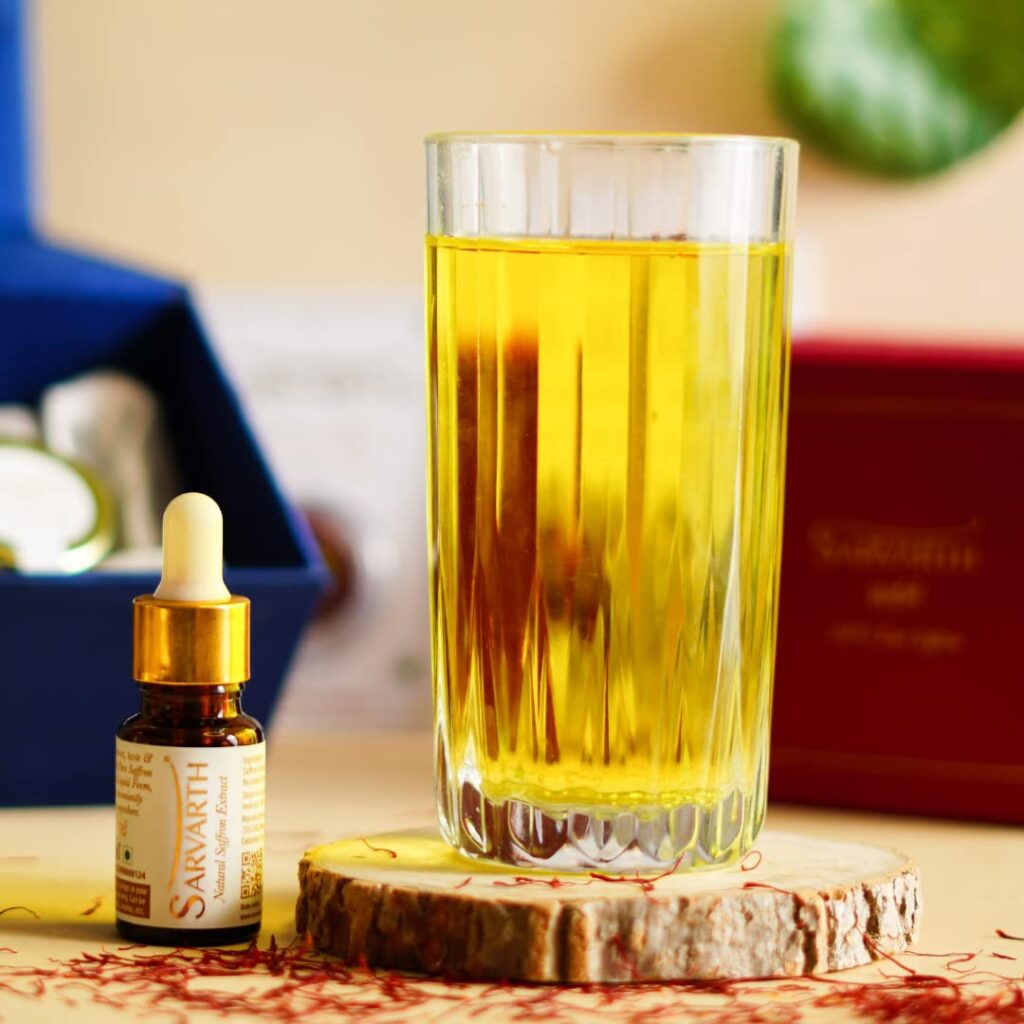
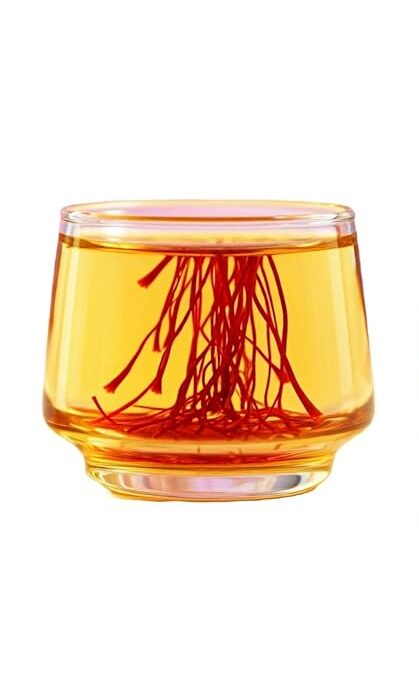
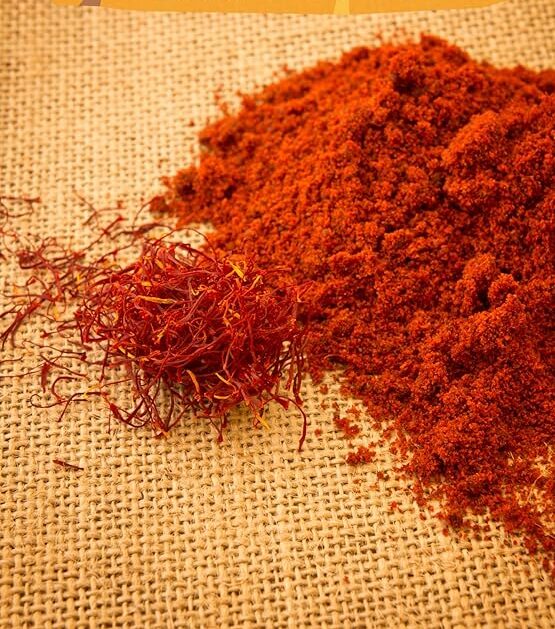
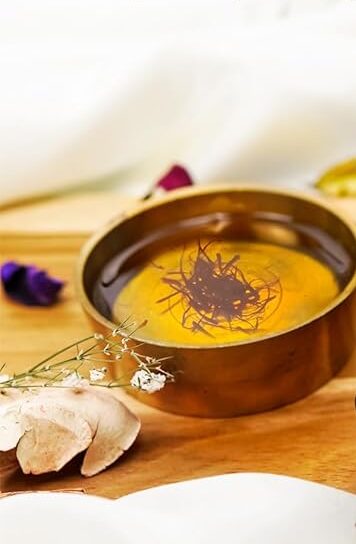
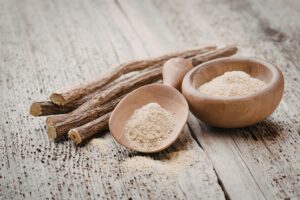
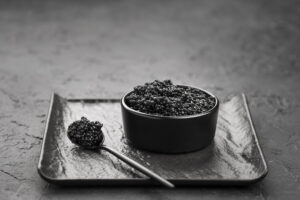

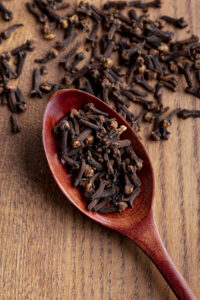


Very knowledgeable blog
Very good